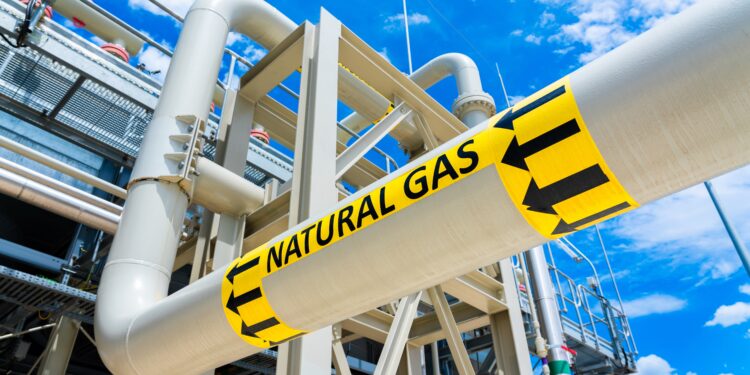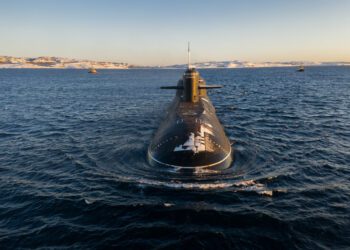Mexico’s reliance on U.S. piped gas will continue to grow, driven by rising demand, constrained domestic production, and pipeline infrastructure expansion, says Fitch Ratings. U.S. gas imports provide a reliable, cost-effective source of energy for Mexico, but exposes the country to exchange-rate volatility and supply disruptions amid increasing uncertainties over bilaterial trade relations.
Fitch expects the market share of U.S. piped gas in Mexico to increase in the coming years, as new pipeline infrastructure projects and increased capacity utilisation of existing pipelines allow more U.S. gas imports to meet growing demand from power generation capacity additions and new LNG projects.
Natural gas accounts for more than 60% of electricity generation in Mexico, and more than 70% of Mexico’s natural gas consumption is imported from the U.S. Petroleos Mexicanos (PEMEX, B+/Stable), Mexico’s state-owned oil and gas producer (accounts for 95% of national gas production) has continuously missed production targets and seen its output decline since 2010. Mexico’s strategic proximity and infrastructure connectivity with the U.S. facilitates the efficient flow of natural gas through approximately 19,000 km of pipelines with a total transportation capacity of around 6.5 MMpcd.
New combined cycle power plants will underpin demand growth for natural gas in the coming few years. Comision Federal de Electricidad (CFE, BBB-/Stable), Mexico’s state-owned power utility, is developing two plants on the Yucatan Peninsula with total capacity of 1.5GW, while projects in the rest of the country will add more than 3.3GW of new capacity.
To cope with rising demand in the Yucatan Peninsula, TC Energy Corporation (BBB+/Stable) and CFE are developing the Puerta al Sureste pipeline, a 715 km project combining land and underwater sections from South Tuxpan to Coatzacoalcos and Paraiso Tabasco through the Gulf of Mexico. It will connect the existing pipelines Sur de Texas-Tuxpan and the Mayakan pipelines, with operations expected to begin by mid-2025.
Mexico’s nascent LNG industry will also drive gas demand growth. Several projects are under development to provide LNG to Asia and other Pacific markets. This includes Sempra Infrastructure Partners’ (BBB+/Stable) Energia Costa Azul project (0.3 bcfd) in Baja California, expected to start commercial operations in the 1Q26, and the Saguaro Energia LNG project (2.2 bcfd) in Puerto Libertad, Sonora expected to reach FID in 2025.
The trade relationship provides Mexico with a reliable, cost-efficient source of energy but also exposes the country to exchange-rate risks, as contracts are priced in USD. Extreme weather events in the U.S. can also disrupt supply, as seen in Texas’ 2021 winter storm.
Uncertainties over the state of bilateral relations have risen since Trump came into office. For now, the Trump administration has mainly focused on Mexico’s exports to the US, and Fitch sees policy-driven disruptions to the gas trade as a smaller risk.
Nevertheless, a sharp increase in imported gas prices will be negative for CFE, which will have to absorb the initial cost increase, for the Mexican government (BBB-/Stable), which subsidizes the agricultural and low consumption residential users, and for industrial and commercial electricity users, which will eventually pay higher prices. A more permanent disruption could also derail the economics of newly built LNG infrastructure.
Read the full article by FITCH Ratings












